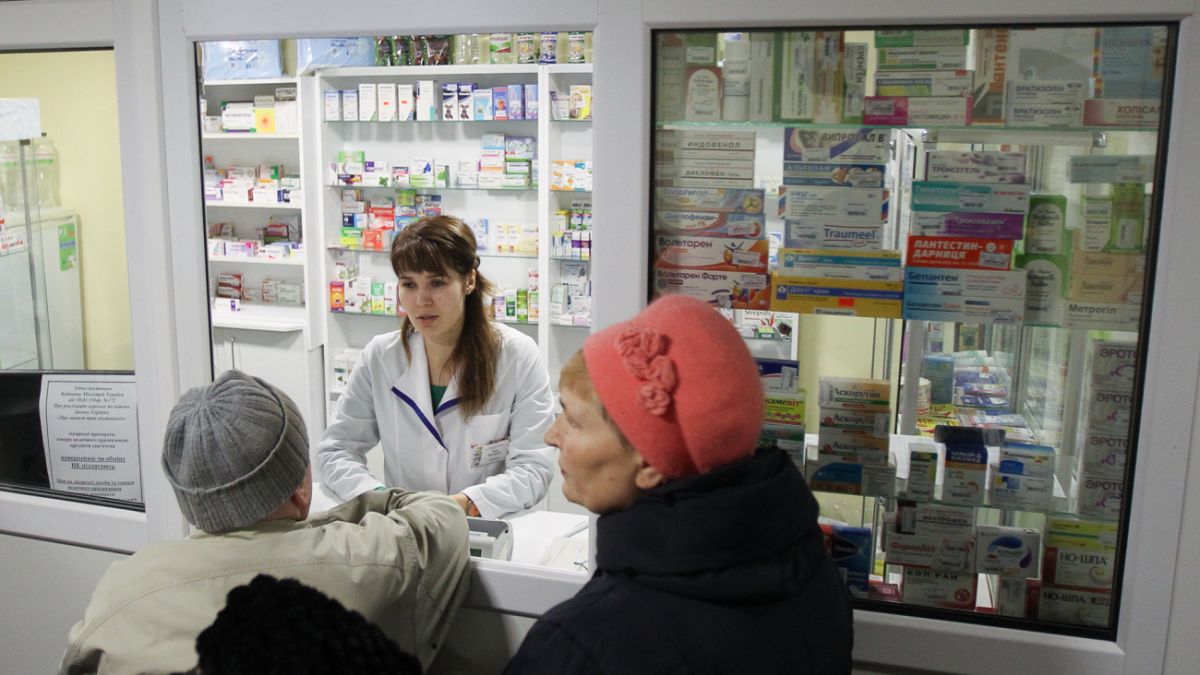To be or not to be: many Ukrainians save on groceries to buy medicines – research
14 April 10:56
Almost two-thirds of Ukrainians report a significant increase in spending compared to the pre-war period. This was reported by the research company Gradus Research, which, as part of a broader study of consumer sentiment, published the results of the first cycle of a survey on changes in consumer behavior in the context of caring for one’s own health, "Komersant Ukrainian" reports.
The vast majority of respondents (82%) reported an increase in spending over the past year.
Top 3 categories of expenses of Ukrainians
The main categories of expenses are:
– food – 85%,
– utilities – 72%,
– medicines – 60%.
As noted by Gradus Research, it is expected that among respondents aged 60 and older, the majority (78%) named medicines as one of the main items of expenditure.
Medicines prices are a critical problem for the population
Overall, 94% of Ukrainians have experienced a rise in the price of medicines.
More than one-third of respondents (36%) said that pharmacy markups amounted to 25% or more, and among people aged 35-60, this figure is even higher (45%).
The highest level of markups for medicines was reported by residents of cities with a population of over one million (48% vs. 36% on average), while in villages and towns with a population of less than 50 thousand people, the perception of markups is lower.
At the same time, in rural areas, a higher proportion of people consider the markup to be relatively moderate – 10% (13% vs. 9% on average). This may indicate a less pronounced price increase in regional pharmacies or lower awareness of the real level of markups.
Ukrainians have to save money to buy medicines
For 90% of respondents, the rise in drug prices has become a serious problem that has forced them to reconsider their spending and start saving. 79% of respondents have already started looking for ways to save money.
Most often, Ukrainians save on clothes (66%), household goods (54%), and even food (51%). In villages, this process was the most widespread – 86% of rural residents started saving. The lowest number of people save in cities with a population of more than one million people – 72%.
The situation is particularly critical for people aged 60 and over, with 62% of them having to limit spending on food and 66% of respondents aged 55-60 having to cut back on household goods.
This indicates that the rise in drug prices has not only affected the living standards of the population, but also forces people to abandon basic needs, which can have serious social and health consequences.
What to do about drug prices
The overwhelming majority of respondents blame the government for the rise in prices – 52%, 22% – the pharmacy industry, and 13% – the pharmaceutical industry.
The majority believe that the problem should be solved through state price regulation (74%), reduction of markups by pharmacies (39%), development of domestic production (37%), state subsidies (30%), and stimulation of imports of cheaper analogues (15%).
80% support state programs for affordable medicines in full, 15% support them for certain categories, and only 1% do not support them.
According to the authors of the study, these results indicate that government programs have great potential to improve the availability of medicines, especially for vulnerable groups such as pensioners. This is an important signal for the development of pharmaceutical support policies, focusing on the specific needs of different age groups.
The study was conducted by Gradus Research on March 20-28, 2025, using a self-administered questionnaire in the Gradus mobile application. Sample size: total population – 1604 respondents; target audience – 1000 respondents.
How have drug prices changed in recent years?
In 2024, prices for medicines in Ukraine grew much slower than in 2023. This is evidenced by data from the drug delivery and booking service Liki24.com.
After a sharp jump in 2022-2023 due to the Russian invasion, supply disruptions, and inflation, the price increase in 2024 was only 10.8% compared to almost 19% in 2023.
In 2024, the growth in drug prices dropped to almost the rate of 2021 (9.31%), when market conditions were more stable. This was due to lower inflation and production control.
As a reminder, on March 1, 2025, Government Resolution No. 168 came into force in Ukraine, which provides for a reduction in prices for a number of medicines. The Ministry of Health has identified a list of more than 100 medicines for which the price reduction is expected to be at least 30%.
According to Channel 24, citing data from analytical platforms, the price reduction for the medicines included in the TOP 100 has indeed occurred. They fell in price by an average of 25%.
The opposite trend is true for medicines that are not on the Ministry of Health list. According to pharmaceutical market analysts, in March, prices for such drugs increased by 5-10% compared to February. That is, despite government regulation, many drugs continue to rise in price.









